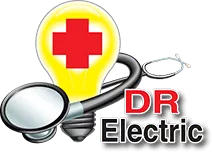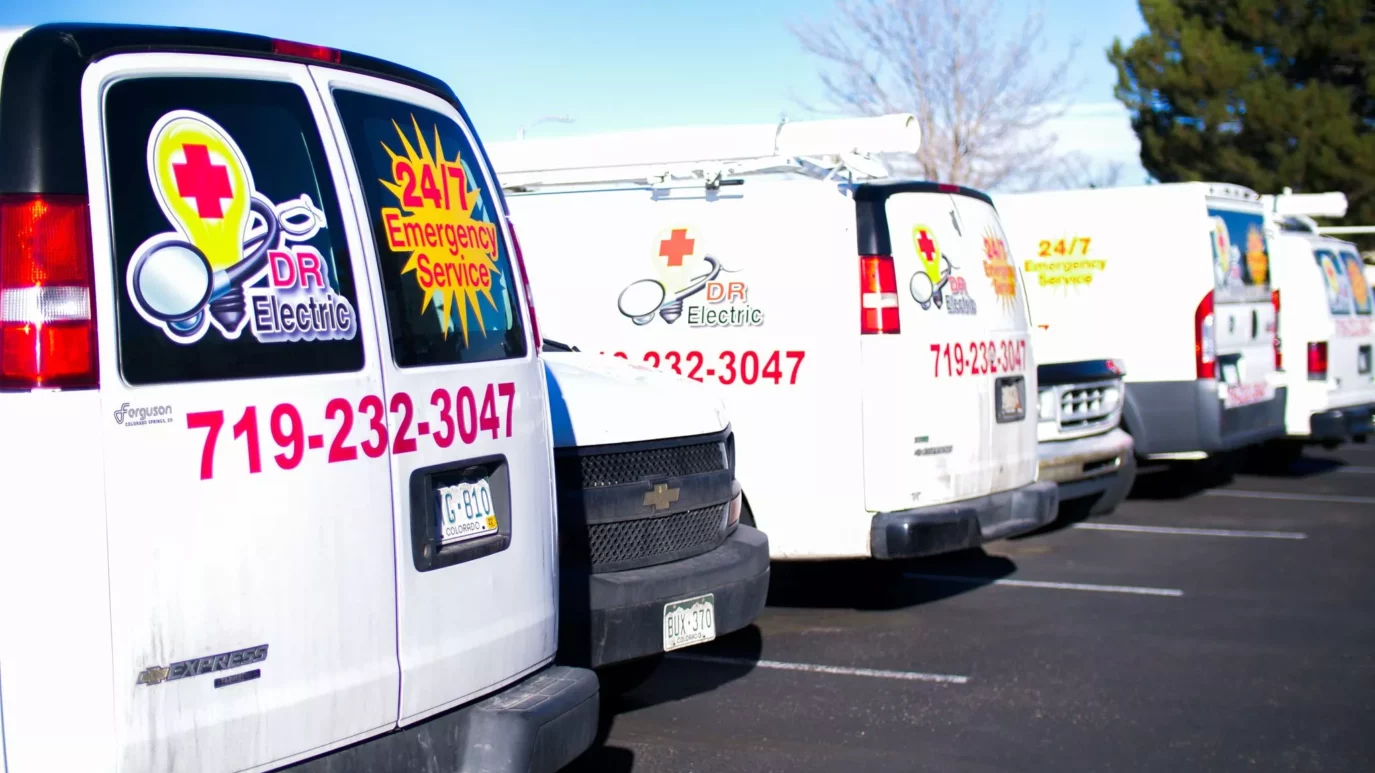Are you feeling the shock of high electric bills? You’re not alone. Many homeowners in Colorado Springs search for the elusive answer to reducing their monthly expenses. Enter insulation — a potential hero in the battle against energy waste. But can upgrading your home’s insulation really make a significant dent in your electric bill?
It’s time to unravel the truth about energy-efficient households and explore whether padding your walls can pad your wallet too. Keep reading as we dive into home insulation improvements, sealing air leaks, and other weatherproofing tactics that promise to turn your house into a fortress of efficiency.
How Can You Maximize Energy-Efficient Appliance Usage?
The most straightforward way to reduce electricity usage is to invest in energy-efficient appliances and use them wisely. Energy Star ratings on appliances indicate their efficiency and can guide you in making purchases that will save energy in the long run.
Proper appliance usage involves small but significant habits, like setting your fridge and freezer to the recommended temperatures—typically 37°F for the refrigerator and 0°F for the freezer. Maximizing refrigerator and freezer efficiency can be as simple as ensuring they’re not overpacked, allowing air to circulate, and checking that the seals are tight and intact.
When using a dishwasher, optimizing dishwasher cycles for energy savings means selecting the economy mode, which uses less water and energy, and only running full loads.
Additionally, to lower your AC bill, employ best practices such as using programmable thermostats to avoid cooling an empty home and maintaining your HVAC system to ensure it’s running efficiently. Energy Star’s guidelines can offer deeper insights into managing your home’s energy consumption effectively.
What Are the Lighting Adjustments That Can Significantly Reduce Electric Costs?
Transitioning to LED bulbs is one of the most effective ways to save electricity. LED bulbs use 75% less energy, and last 25 times longer, than incandescent lighting. By replacing your home’s five most frequently used light fixtures or bulbs with models that have earned the ENERGY STAR, you can save $100 each year.
Incorporating natural light into your home design can significantly reduce dependency on artificial lighting during daylight hours. Skylights, larger windows, and strategically placed mirrors can enhance natural lighting, which is not only energy-efficient but also beneficial for your well-being.
Installing motion sensor lights is another smart move, as they ensure lights are only on when needed, reducing unnecessary power consumption. Especially useful in less trafficked areas, these sensors add convenience and efficiency.
Lastly, dimmer switches allow you to adjust the lighting intensity according to your needs, leading to potential energy savings as lights are not always at full brightness. Utilizing dimmers in combination with LEDs can maximize both lighting control and energy savings.
How Do Smart Thermostats and Home-Automation Work to Minimize Energy Consumption?
Using smart thermostats can significantly lower your electric bill by adjusting your home’s temperature based on your schedule and preferences. Smart thermostats are more advanced than programmable thermostats because they learn from your behaviors, allow you to control the climate in your home remotely, show energy consumption in real-time, and can even adjust themselves based on ambient conditions like humidity.
Smart thermostats offer the advantage of being controllable via smartphone apps, which not only provides convenience but also the ability to make quick adjustments to save energy. For example, if you’re going to be away from home longer than expected, you can adjust your thermostat accordingly to avoid heating an empty house.
Home automation systems go a step further by integrating various devices, including smart thermostats, to create a cohesive system that optimizes your home’s energy usage. These systems can include automated lighting, energy-efficient appliance control, and more, all working together to minimize consumption. By monitoring your energy with smart home systems, you can identify patterns and make informed decisions to reduce your energy bills.
What Home Insulation and Weatherproofing Techniques Lead to an Energy-Efficient Household?
You can reduce your electricity bill at home by improving insulation and weatherproofing, which minimize heat loss in the winter and heat gain in the summer.
Insulating hot water pipes is a straightforward yet often overlooked method for energy conservation. It prevents heat loss as water travels from your heater to faucets, reducing the energy needed to warm the water. This simple improvement can increase water temperature by 2°F–4°F, allowing for a lower water heater setting.
Sealing doors and windows with draft stoppers is another effective technique. Draft stoppers, or weatherstripping, prevent cold air from entering and warm air from escaping, making your heating system more efficient.
Home weatherproofing strategies extend to adding insulation in key areas such as attics, walls, and floors. Effective weatherproofing keeps your home comfortable, reduces strain on heating and cooling systems, and can result in substantial energy savings.
Evaluating your home’s current insulation and identifying areas for improvement is essential. A professional energy audit can provide you with a detailed assessment of air leaks and insulation gaps. Fill these gaps with appropriate materials like spray foam, rigid foam boards, or batt insulation to enhance your home’s thermal envelope.
Can Solar Panels and Renewable Energy Incentives Substantially Cut Your Electric Bill?
Solar panel installation can lead to significant reductions in electric bills, sometimes by as much as 75 percent, depending on the size of the system, energy consumption habits, and local solar incentives. Solar panels convert sunlight into electricity, offsetting the need for power from the grid. An appropriately sized solar system can cover a substantial portion of your energy needs, leading to a drastic reduction in your electric bill.
Understanding the investment and return on solar panel installation is crucial. While the upfront cost can be substantial, solar panels are a long-term investment that can pay for themselves through savings on electric bills over time. Additionally, renewable energy incentives can further reduce the initial cost, with government rebates and tax credits available to homeowners who choose to install solar panels.
Geothermal heating and cooling systems are another sustainable option, leveraging the earth’s stable temperature to regulate your home’s climate more efficiently than traditional HVAC systems. Moreover, off-grid alternatives, although requiring a more significant initial investment, can completely eliminate reliance on utility companies, offering a self-sustaining energy solution.
Conclusion
In this comprehensive guide, we’ve explored numerous strategies for cutting electricity costs and enhancing energy efficiency in your Colorado Springs home. From adopting Energy Star-rated appliances and LED lighting to leveraging smart home technology and optimizing home insulation, each measure offers both immediate and long-term benefits.
Homeowners can also consider the substantial savings from renewable energy options like solar panels, which not only reduce bills but also contribute to a more sustainable future. Remember, implementing these energy-smart practices not only minimizes your electric bill but also increases the comfort and value of your home while supporting environmental stewardship.

